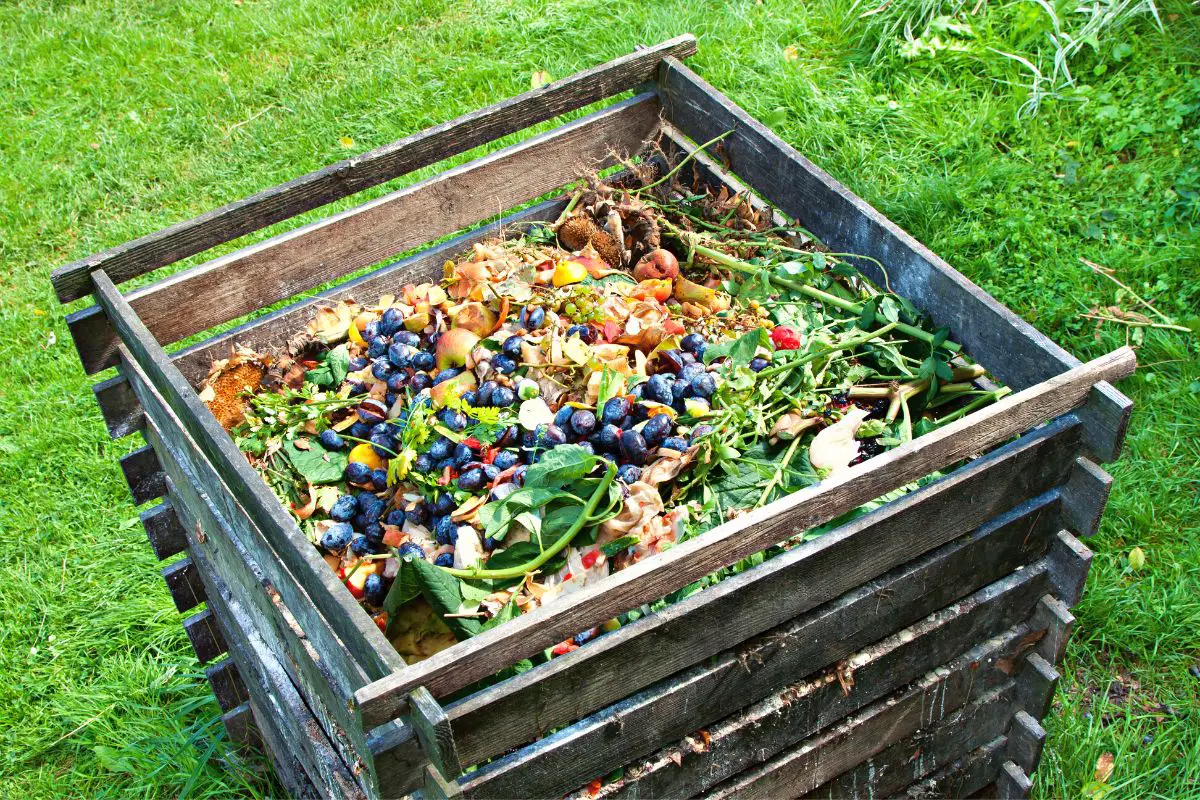Grubs in Compost | Not all grubs are bad!
Are grubs good in a compost bin?
Well, that’s a difficult question to answer as they’re mostly good, but some can be bad! So, the short answer is… it depends on the grubs.
If you have time for the longer answer, in this article you can read all about grubs in the compost.
Related articles: Bokashi vs Compost and Slugs in Compost
What I can say is don’t rush to pick them all out or feed them to the birds.
(Presuming you’re a habitual wild bird feeder.)
They’re not all bad, but they’re not all good either.
It depends on the type of grub you find in your compost.
Some grubs can cause harm by feeding on the roots of your grass. But many help in some way or form. The key is to identify which it is.
Addressing Misconceptions about Grubs
Our knee-jerk reaction is often to assume things.
And with maggots, we assume that when we see them we’re encountering hell on earth.
We think that all they’re going to do is disgust us whilst concurrently destroying our compost and the soil they’ll find themselves in.
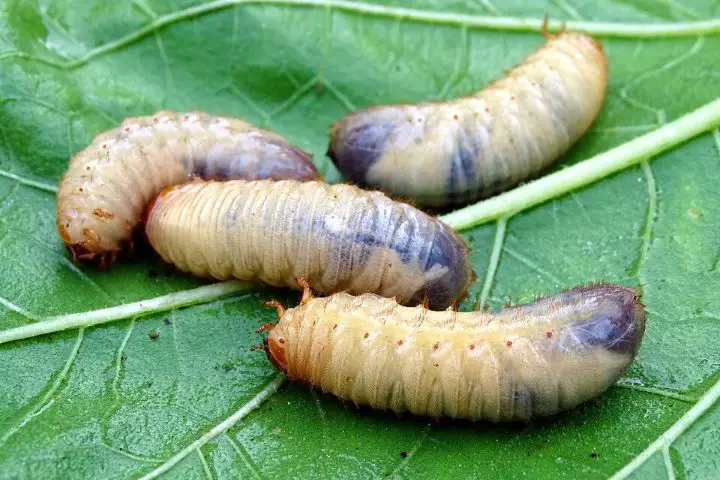
This isn’t necessarily the case.
As I mentioned earlier, some are quite helpful.
Grubs As Helpers
Grubs usually show up at the beginning and the end of the decomposition process.
In the beginning, the composting heap is fresh, and they love that.
But later on, when the composting heap starts to warm up, they leave.
As the compost matures, they show up again.
But, is it good to have grubs in the soil at all?
Well, grubs can actually be a sign that the compost is healthy.
How Grubs Can Help Your Compost
Grubs can help your compost by speeding up the process of breaking down organic matter.
This then makes it easier for plants to take nutrients from the compost.
They also add nutrients through their waste (known as castings) which is very rich in nitrogen.
And in addition to this, grubs help break down manure and reduce its odor.
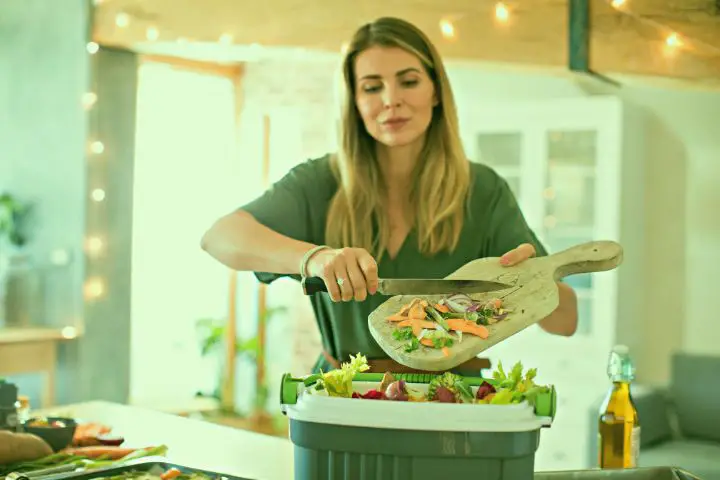
And, when they die, they’ll also add nutrients to the compost in this way.
When Not to Worry
These often cylindrical-shaped creatures come in a variety of colors and sizes.
A quick internet search with a description of your grubs will help you identify them.
However, if you find grubs that are brown with black heads and which are around an inch long, then there’s nothing to worry about.
These are likely the larvae of black soldier flies, which will help drastically speed up the decomposition process.
When Grubs Harm
Just like people, sometimes grubs can do more harm than good.
Larvae are bad when the damage they cause outweighs their nutrient benefits.
How They Can Damage Your Plants
The harmful ones can cause a lot of damage to the roots of your plants and grass.
They make a meal out of them.
And so, you definitely want to remove these.

This is especially true if they continually reproduce until you end up with a maggot epidemic.
Common Harmful Grubs
It’s important to spot whether the grub is a good or bad one.
You might have wondered what those white grubs in your compost are.
Well, as a rule of thumb (although it may not always be true):
Maggots with a white body, brown head, and three pairs of legs are not good for the soil.
(Even though they sound extra creepy.)
These are most likely either Japanese beetles or European chafer beetles.
How to Get Rid of Them
Now, if you do happen to have one of these harmful grubs, don’t stress.
There are several different techniques for removing grubs that you can try:
- Try adding brown matter into your compost. Larvae live off of green matter with moisture like apple cores.
(Brown matter like dead leaves and dry grass don’t contribute to this moisture.)
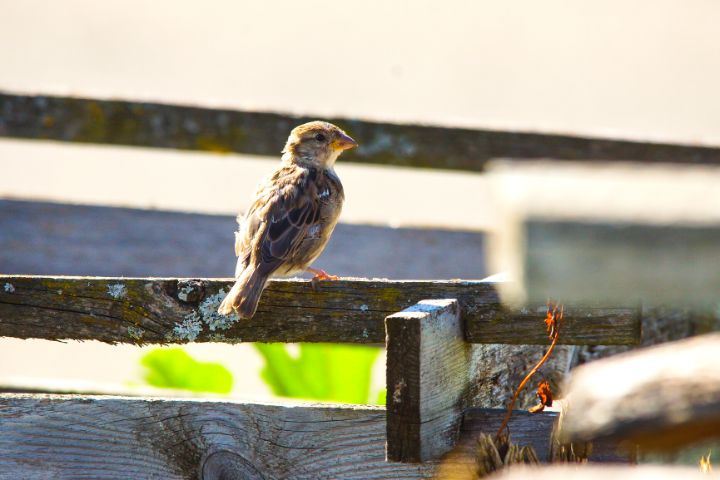
- You could use birds to eat the maggots in your compost. Just spread it out on the tarp and put it in an area of your garden where you know wild birds will come.
- Alternatively, you could try to make it a hostile environment for maggots to live and feed in. Do this by adding some lime or citrus into your compost.
Otherwise, just turning your compost pile routinely might do the trick.
This’ll help increase airflow and heat it, making it less attractive to flies who lay their eggs in it.
Don’t Fret They’re Probably Your Friend
Remember, there are hundreds of different types of maggots.
And most often they’re nothing to worry about.
Just view them as somewhat unsightly friends with lots of benefits.
You should only worry if you have too many in your garden.
Or, if you happen to have one of the bad ones.
Frequently Asked Questions
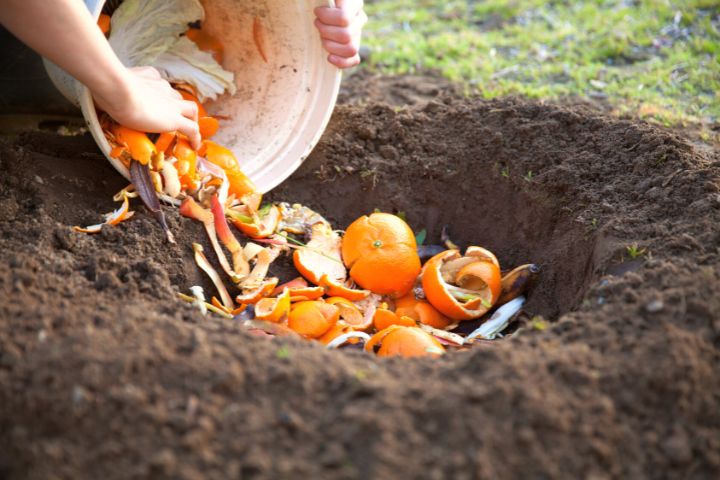
What are the white larvae in my compost?
The white larvae are the offspring of beetles. They’re most likely either from the bumble flower or green June beetles. These can be quite harmful to the roots in your soil, and you’d want to get rid of them.
Can Grubs Grow in a Bokashi Bucket?
No, unless you live it open for long periods of time. Bokashi is an enclosed system. The lid should be tightly sealed unless you are tossing food or adding bran, which should only take a few seconds. The only thing that grows in a Bokashi bin is a special white mold – a type of bacteria that helps break food waste down.
Is it OK if maggots are in my compost?
Yes, it may very well be okay to have maggots in your compost. Many help by breaking down compost faster and by providing waste that is high in nitrogen.
How do I get rid of larvae in my compost?
You can get rid of larvae in your compost by adding some brown matter, such as dried grass, to it. This inhibits moisture content which makes it harder for the grubs to survive.

